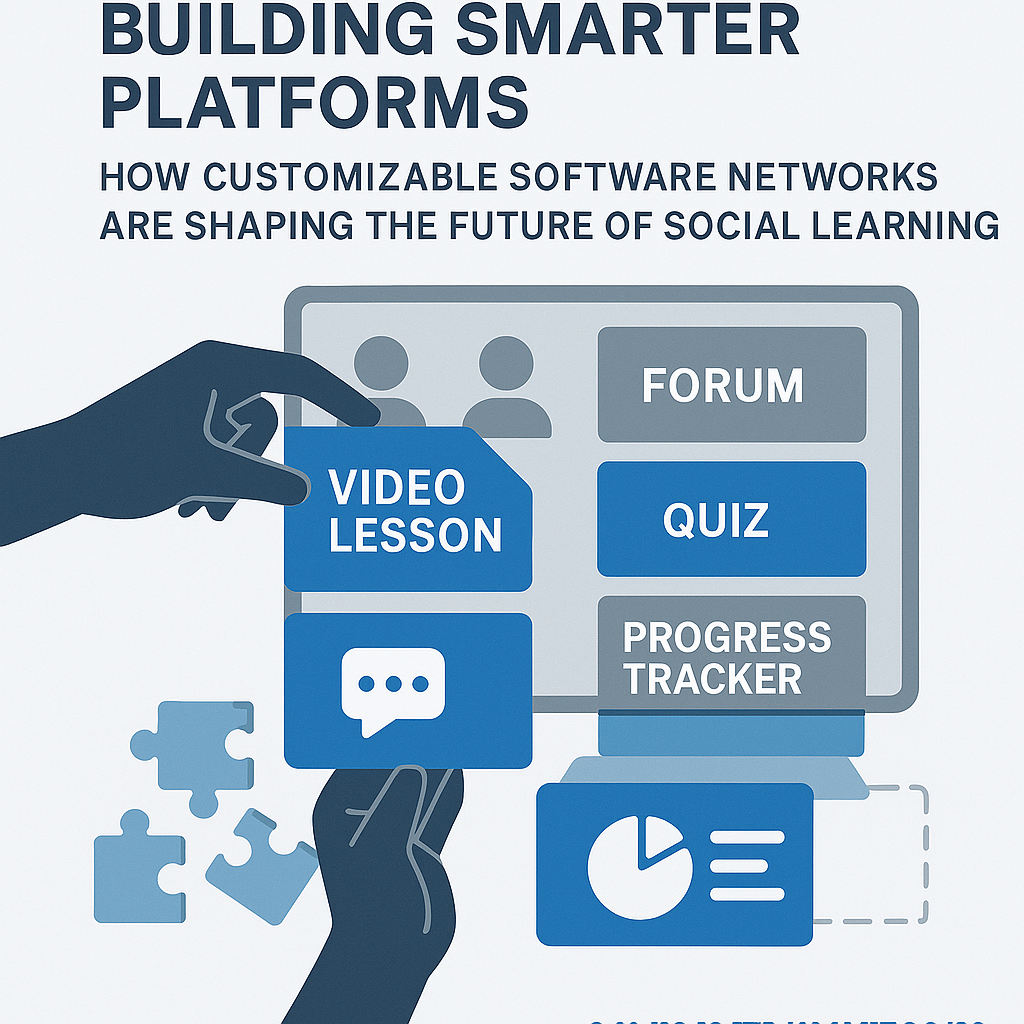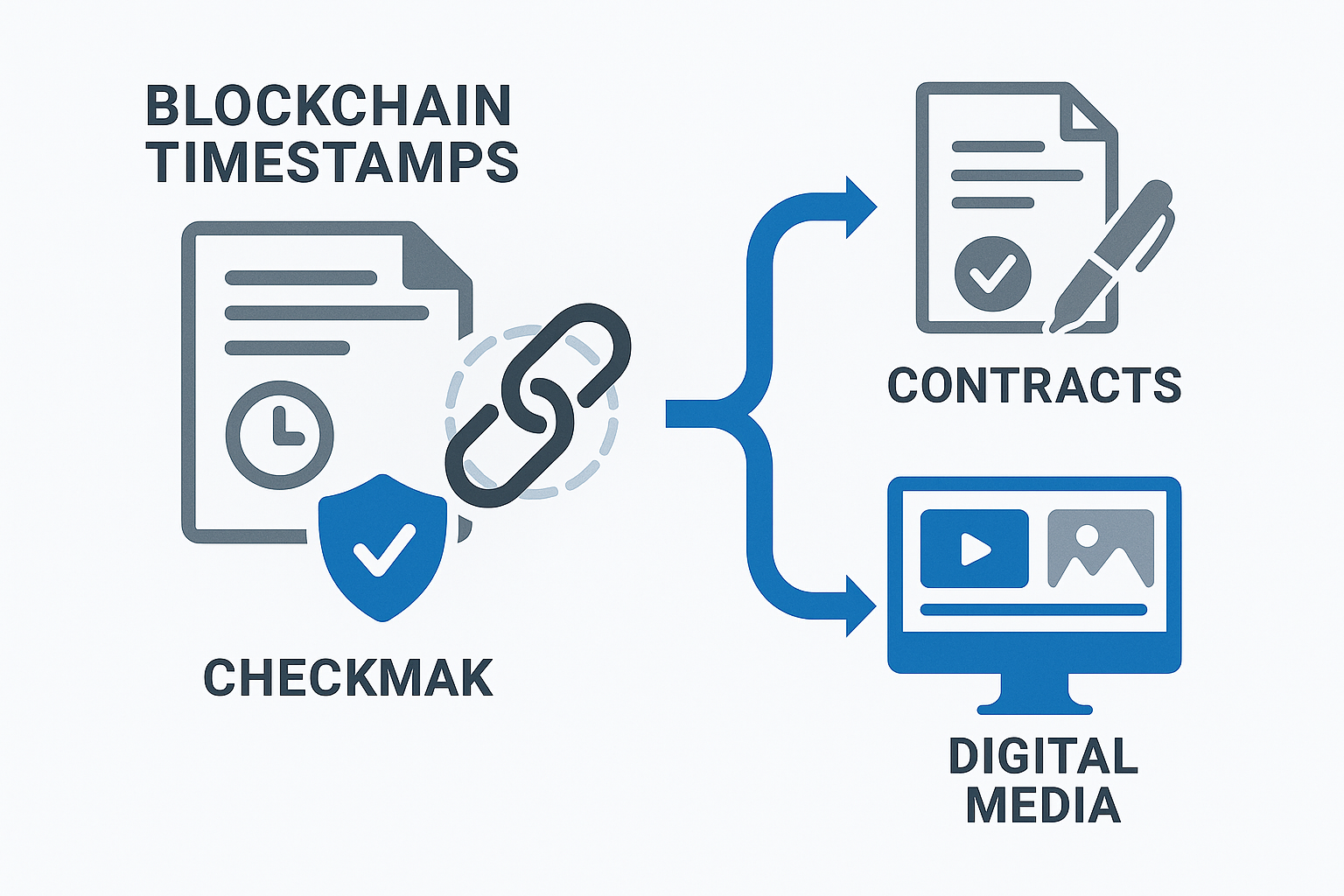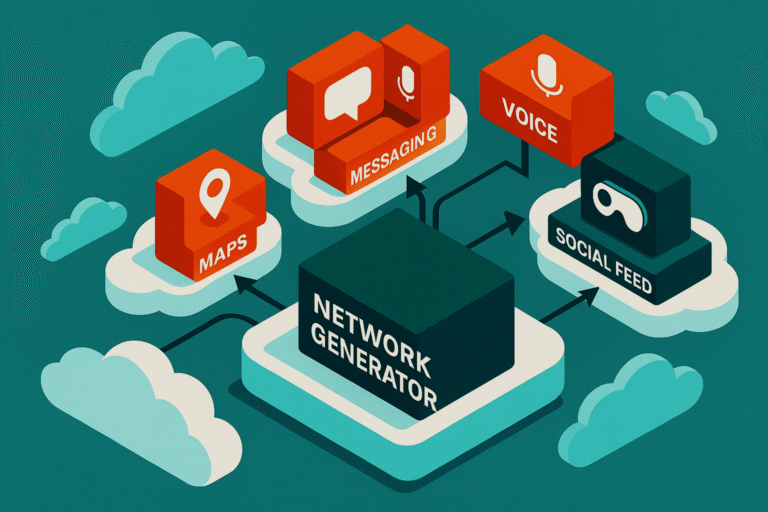Building Smarter Platforms: How Customizable Software Networks are Shaping the Future of Social Learning
Custom Software Networks and the Rise of Social Learning In a world where digital learning platforms are everywhere, one thing remains missing: flexibility. Most social learning platforms are built as rigid one-size-fits-all systems. But what…
Custom Software Networks and the Rise of Social Learning
In a world where digital learning platforms are everywhere, one thing remains missing: flexibility. Most social learning platforms are built as rigid one-size-fits-all systems. But what if educators, developers, or even students could custom-build the networks they need — without starting from scratch?
That’s exactly what USP Granted Patent 10455002 unlocks – Inventor : Tharmalingam Satkunarajah
This patent outlines a Customizable Software Generating Network Platform — a dynamic engine that empowers users to generate custom applications by selecting, configuring, and linking modular components. Think of it as the LEGO set of software — but for scalable, social-first learning platforms.
Why Customization Matters in Social Learning

Social learning thrives on interaction, context, and engagement. But most platforms today are:
- Too generic
- Built for mass instruction
- Slow to adapt to niche needs (STEM vs. arts, enterprise vs. public schools)
This patent allows adaptive architecture where each school, company, or community can build their own learning ecosystem:
- Choose how content is delivered (videos, live sessions, gamified quizzes)
- Decide how users interact (forums, likes, group projects, mentorship matching
- Integrate identity, security, and analytics per institution needs
What the Patent Covers

At its core, the patented system includes:
- A backend platform that generates unique software environments based on component selection
- A component management engine with configurable modules (content delivery, interaction logic, database structure, etc.)
- A user interface generator that adjusts based on the assembled software blueprint
- Built-in logic for tracking, analytics, and multi-layer user roles (teacher, learner, admin, etc.)
The result? A scalable, plug-and-play engine that generates custom platforms tailored to social learning on demand.
Example Use Cases
- A startup building a coding bootcamp uses the platform to generate a custom LMS with:
- Live project collaboration
- Peer review flows
- Embedded GitHub integrations
- An NGO launching a rural education app selects offline-first modules, WhatsApp chat integration, and voice-note assessments.
- A corporate L&D team creates a gamified internal academy with badge tracking and team leaderboard dashboards.
Each outcome is unique — but all stem from the same customizable engine.
Competitive Advantage
This platform is not just an LMS builder or low-code app generator. It’s built to be:
- Social-first: embedded logic for community, conversation, collaboration
- Modular by design: every feature is swappable, upgradable, or removable
- Enterprise- and educator-ready: fine-grained control, multi-tenant architecture, and auditability
With this model, organizations no longer need to rely on third-party SaaS with limited flexibility. They can generate and own their tailored software networks.
The Technology Behind the Vision
From a technical standpoint, the patent enables:
- Drag-and-drop architecture definition
- Dynamic API provisioning for each platform generated
- User role-based behavior logic
- Real-time adaptation based on analytics and usage data
- Compatibility with existing cloud and edge deployment models
This is no static template engine — it’s a living architecture platform that grows with the community it serves.
Shaping the Future of AI-Enabled Education
As AI and social learning converge, there’s growing demand for:
- Personalization
- Inclusion of GenAI tools
- Feedback loops between learner behavior and platform UX
This patent lays the groundwork for intelligent, adaptive platforms that learn from users — and evolve over time.
Imagine a system where the platform evolves based on student success data, or where new AI tools (like writing coaches or language models) can be added without disrupting the whole system.
30-Day Pilot Plan for Learning Platform Innovators
Are you a startup, institution, or enterprise exploring next-gen learning systems?
The patented platform offers a pilot approach:
Week 1: Define your use case and must-have modules
Week 2: Auto-generate a testbed platform from the engine
Week 3: User test with small groups and refine the architecture
Week 4: Scale with analytics and support from the Linkay team
Metrics That Matter
Organizations using platforms like this should measure:
- Engagement rate
- Time spent per module
- Peer interaction count
- Drop-off vs. completion
- Learning outcome correlation with interaction styles
These insights can feed directly back into the software engine, improving future versions
The Risks and How This Patent Handles Them
Custom software generation at scale comes with risks primarily around stability, data security, and platform sprawl. However, this platform integrates:
- Pre-certified modules for critical compliance
- Multi-tenant controls to keep instances isolated
- Encrypted data flow logic and audit trails
- Granular control for admins over user roles and permissions
Conclusion
The future of learning isn’t standardized — it’s customized, connected, and contextual.
The Customizable Software Generating Network Platform makes that future possible — today.
Call to Action
Sign up with us to get the latest blogs and news. www.tharmalingamsatkunarajah.com




